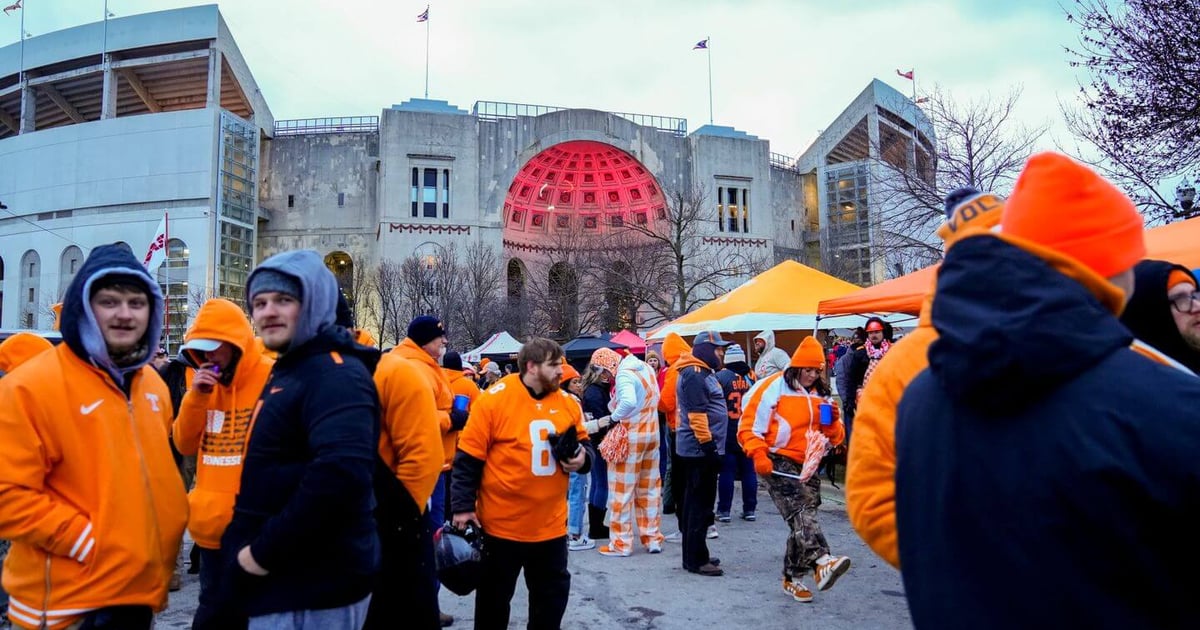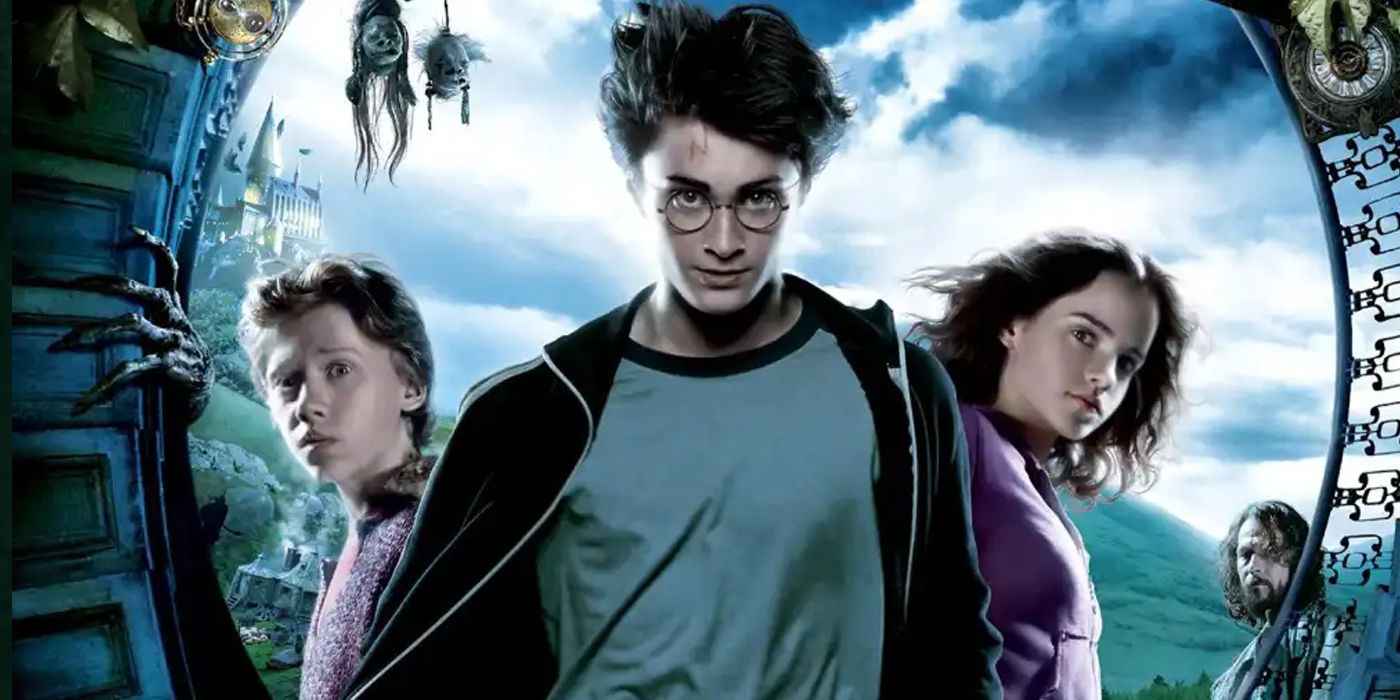
“It’s beginning to look a lot like Christmas, everywhere you go…”
Those that have read our past Christmas columns know our love for nostalgic 1940s holiday films. Although they are limited in number, there is no doubt that they capture the heartbreak and joy found throughout the United States in the WWII era. Films like “Remember the Night” (1940), “Holiday Inn” (1942), “Meet Me in St Louis” (1944), “Christmas in Connecticut” (1945), “It’s a Wonderful Life” (1946), “The Bishop’s Wife” (1947), and “Miracle on 34th Street” (1947) may be old chestnuts, but we still watch them every year between Thanksgiving and Christmas day.
That’s not to say there are no modern Christmas classics. Recent successful Christmas films include: “A Christmas Story” (1984), the first two “Home Alone” films (1990, 1992), “The Santa Claus” (1994), “Elf” (2003), “Bad Santa” (2003), and Tim Burton’s “The Nightmare Before Christmas” (1993). And leave it to Hallmark to flood the television airways with over 500 dull Christmas movies on their multiple channels beginning in October each year. Most have production values and storylines best reserved for the dustbin of television history. To counter those, let’s explore a few of our favorite Christmas movies from the past 40 years.
Take One
One of the stranger Christmas movies to have emerged in the past two decades is a small Norwegian thriller (yes, that’s right), called “Rare Exports: A Christmas Tale” from 2010. This one is about as far as you can get from traditional feel-good fare. Indeed, in this small Norwegian village, Santa Claus is a demonic spirit who regularly butchers’ children to feed his pagan overlords. If that doesn’t sound like a terrifying rewrite of all Christmas lore, it is, if nothing else, tons of fun to watch an anthropomorphic, spider-like Santa Claus mow down straphangers by the dozens. Unless you happen to be a fan of the Norwegian zombie franchise “Dead Snow,” the cast and crew will be foreigners to Hollywood audiences, and the film has remained a bit of an anomaly to anyone except die-hard horror fans.
Our first Christmas column, three years ago, we wrote about short Christmas movies; the animated “Peace on Earth”(1939) and “Star in the Night”(1947). In that vein, the next one is easy to find, and that’s because it’s only three minutes long. SNL, at the peak of their mid-2000s heyday, took a break from lampooning Bush and Kerry to craft a gemstone parody of a music video called “Christmastime for the Jews.” Based directly off the Darlene Love/Phil Spector-produced “Christmas (Baby Please Come Home),” and all the more magical because Darlene Love actually sings the parody herself! Shot in the Claymation style of many 1960s television shorts, the song is a playful takedown of the Christmas-Industrial-Complex by portraying Dec. 25th as the one day in which city-dwelling Jews can have fun and enjoy themselves without the bother of all those pesky gentiles. Wry lyrics by Robert Smigel keeps it witty, but it’s Darlene Love’s commitment that makes it soar.
Take Two
Our family always kicks off the holiday season with “National Lampoon’s Christmas Vacation” (1989) starring Chevy Chase, Beverly D’Angelo, Juliette Lewis, and Johnny Galecki as the Griswold family. Every holiday mishap known to mankind befalls the Griswolds as they host both sets of grandparents, as well as their lovable but repulsive cousin Eddie, marvelously embodied by Randy Quaid. The disaster of securing a real Christmas tree deep in the forests, decorating the outside of the house (“exterior illumination”), Clark’s shopping for ladies’ “unmentionables,” and the general chaos of having three generations under the same roof are all givens. And, for us, the delight is in picking apart and commenting on every flaw throughout the film. (Mountains in… Chicago??). Hearing Mavis Staples’ far-too-wonderful “Christmas Vacation” theme and watching the entertaining animated opening credits means it really is Christmas time.
One film of the past 25 years that will likely endure as a Christmas classic is “Love Actually” from 2003. With an ensemble cast that includes Hugh Grant, Emma Thompson, Liam Neeson, Keira Knightley, Colin Firth, Laura Linney and a dozen more international actors in 10 different storylines, set in and around London, and all interwoven into a single narrative. Director Richard Curtis’ various storylines involve drama, humor, music and the exploration of human longings that pull on the fabric of our love-seeking society. I especially enjoy the storylines involving Hugh Grant as the Kennedy-like Prime Minister of England, and Liam Neeson as the widowed father of a 12-year-old lovesick stepson. But Colin Firth and Lucia Moniz steal the movie as two language-challenged lost souls who find each other in a lakeside cottage in France. Throughout the film you lament jumping from scene-to-scene only to be quickly swept up in the next narrative.
All films are available on Amazon Prime and YouTube.
(This column is written jointly by a baby boomer, Denny Parish, and a millennial, Carson Parish, who also happen to be father and son.)
source










